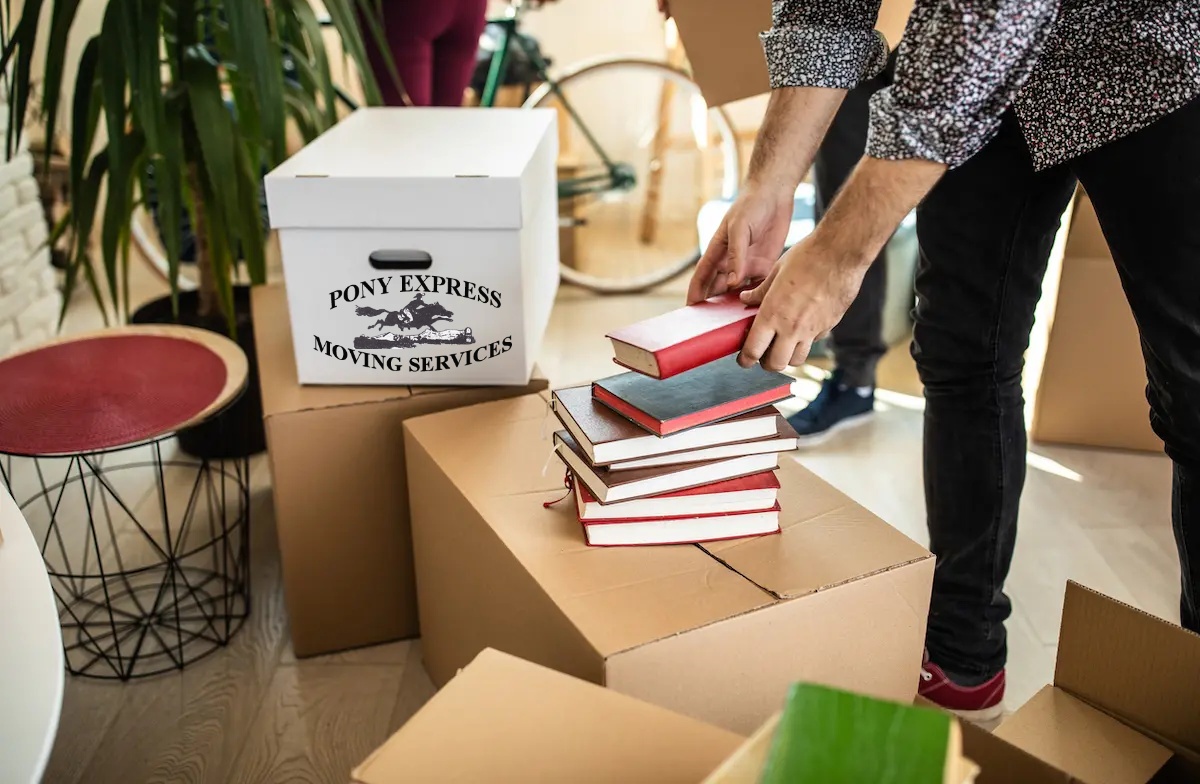Packing well is both an art and a science, and the people who hate packing (there are many) have forgotten this fact. Since many of us save our least favorite tasks for last, it’s no wonder that packing can quickly go wrong.
 Packing your things should never be an afterthought in your process of moving. It goes without saying that you need to pack smartly to protect your items in transit. You’ll also need to pack (and label) well so that unpacking is a breeze in your new home. The time you save in cutting corners comes back to you tenfold when it’s time to unpack, sort, and settle.
Packing your things should never be an afterthought in your process of moving. It goes without saying that you need to pack smartly to protect your items in transit. You’ll also need to pack (and label) well so that unpacking is a breeze in your new home. The time you save in cutting corners comes back to you tenfold when it’s time to unpack, sort, and settle.
Here are some of the most common packing mistakes to look out for.
Procrastination
Whether you’re feeling a bit casual about the process or avoiding it as long as humanly possible, procrastination will come to bite you in the end.
You can follow all of the packing tips in the world, have all of your supplies together, and organize to a fault, but one thing is sure: if you delay to the last moment, all of your other preparations go out the window.
Start by assuming that you’re underestimating the time it will take you to pack. If you’re wrong, you’ll have bonus time left over. If you’re right, you’ll have given yourself ample time to pack without stress. Win-win, right?
This common packing mistake is so critical we could name it twice. Avoid procrastination, and the rest will more easily fall into place.
Winging It
Hand-in-hand with ample time is planning. Are you the breezy, in-the-flow, everything will work out in the end type? That’s great, for some things. When it comes to packing moving boxes, you need a bit more structure.
If planning and organization come naturally, you can skip this section. You’re probably already making lists, gathering necessities, and looking at a timeline leading to moving day. Keep it up!
For everyone else, take a note from the planners of the world. While it all may seem a bit neurotic, trust us: it will save you a lot of headaches. Going in without a plan may seem more comfortable at the outset, but inevitably things get missed, tasks forgotten, and you find yourself nearing moving day with a lot of stuff left on your plate.
Take the time to make to-do lists complete with dates to work toward. You’ll help ensure you don’t forget anything while saving yourself stress, time, and energy. Be sure to add the items you’re confident you’ll remember. You’ll either get a helpful reminder, or you’ll get an easy line to cross off.
Not Stocking Up on Supplies
When you get started with packing, make sure you have everything on hand. One of the worst things you can do in the packing process is to get on a roll, then have to stop and head out in search of more supplies.
Start with decluttering your home so you can get a good idea of what, exactly, you need to pack. Be discerning and sell, donate, or trash the things you don’t want, need, or use. There’s no sense in packing things that will just end up stashed in the back of closets or cupboards in your new home.
Once you’ve trimmed and organized your belongings, head out for all of your packing supplies. Sturdy boxes, quality packing tape, bubble wrap, foam sheets, and packing paper are a good place to start. Whatever you do: don’t forget the labels!
Labeling is crucial in the packing process. By clearly labeling your boxes (on multiple sides and the top, by the way), you’ll save yourself some time. Not only will you ensure they’re transported safely, your movers can also deliver the boxes to their appropriate rooms.
Packing Haphazardly
“I’m not going so far, this box will be okay.” Famous last words.
Don’t take for granted that your things will be safe in transit. Whether you’re moving down the block or across the country, you need to devote time and attention to how you pack your boxes. After all, moving day gets a bit hectic, and boxes do a lot of shifting between your current home and your new one.
Labeling helps tremendously (we did mention their importance, right?) but it’s no replacement for mindful packing. No need to overthink it and spend all of your time packing just so. Take the time to wrap your delicate items and use the right supplies for the right items.
Heavier items should go in smaller boxes. Lighter items such as linens, pillows, and clothing can go in larger ones. Specialty boxes are available for specific things, like dishes, glassware, and even wardrobe boxes for hanging clothes. Be deliberate about how you pack, and make sure your items arrive intact.
 There are a few predicaments all book lovers can relate to.
There are a few predicaments all book lovers can relate to.

